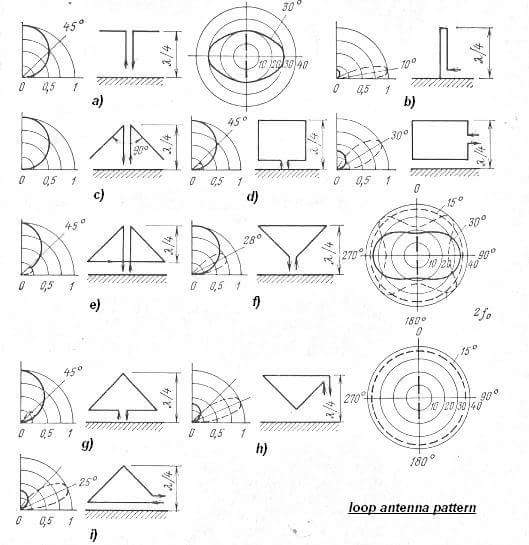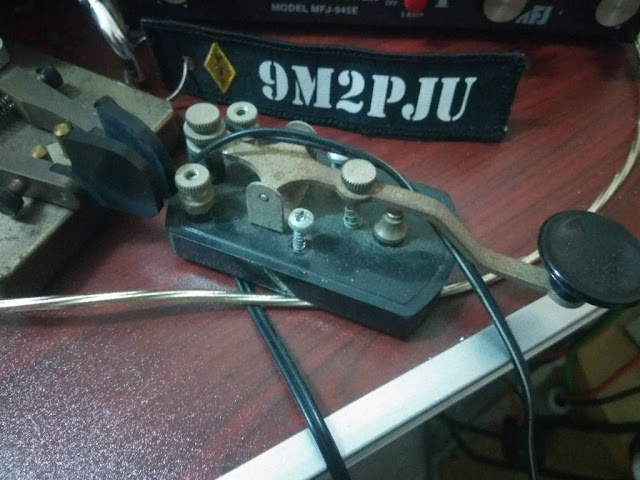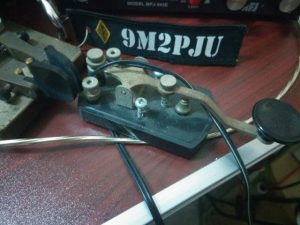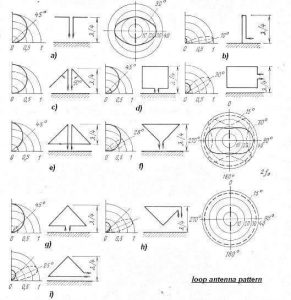Loop Antenna Radiation Pattern
Loop antennas are a popular choice among amateur radio operators due to their compact size, efficiency, and versatility. These antennas can be used for a variety of applications, from HF (high frequency) to VHF (very high frequency) bands. One of the key aspects of loop antennas is their radiation pattern, which determines how the antenna radiates energy into space. In this blog post, we will explore the radiation patterns of loop antennas and how they impact performance.
What is a Loop Antenna?
A loop antenna consists of a loop or coil of wire, typically in a circular or square shape. The loop can be either a single turn or multiple turns, depending on the design and desired frequency range. Loop antennas can be classified into two main types: small loop antennas and large loop antennas. Small loop antennas are typically less than 1/10th of a wavelength in circumference, while large loop antennas are closer to a full wavelength in size.
Radiation Patterns of Small Loop Antennas
Small loop antennas, also known as magnetic loop antennas, have unique radiation patterns. These antennas are primarily sensitive to the magnetic component of the electromagnetic wave, which gives them distinct characteristics compared to other types of antennas.
- Figure-Eight Pattern: The radiation pattern of a small loop antenna is typically a figure-eight shape. This means that the antenna radiates maximum energy in two opposite directions, perpendicular to the plane of the loop. The nulls, or areas of minimal radiation, are along the axis of the loop. This pattern makes small loop antennas highly directional, which can be advantageous for reducing interference from unwanted signals.
- Low Angle Radiation: Small loop antennas tend to have low-angle radiation, which is beneficial for long-distance communication (DXing). The low-angle radiation allows the signal to travel further by reflecting off the ionosphere, making it ideal for HF bands.
- Polarization: The polarization of a small loop antenna is typically vertical when the loop is mounted vertically. This means that the electric field of the radiated wave is oriented vertically, which can be advantageous for certain types of communication.
Radiation Patterns of Large Loop Antennas
Large loop antennas, also known as full-wavelength loop antennas, have different radiation patterns compared to small loop antennas. These antennas are more sensitive to the electric component of the electromagnetic wave.
- Omnidirectional Pattern: When mounted horizontally, a large loop antenna exhibits an omnidirectional radiation pattern in the horizontal plane. This means that the antenna radiates energy equally in all directions around the loop. This pattern is useful for general communication purposes where a wide coverage area is desired.
- High Angle Radiation: Large loop antennas tend to have higher angle radiation compared to small loop antennas. This makes them suitable for short-range communication, as the signal is more likely to be absorbed by the ionosphere and reflected back to the ground at shorter distances.
- Horizontal Polarization: The polarization of a large loop antenna is typically horizontal when the loop is mounted horizontally. This means that the electric field of the radiated wave is oriented horizontally, which can be advantageous for certain types of communication.
Factors Affecting Radiation Patterns
Several factors can influence the radiation patterns of loop antennas, including:
- Loop Size: The size of the loop relative to the wavelength of the operating frequency plays a significant role in determining the radiation pattern. Smaller loops tend to have more directional patterns, while larger loops have more omnidirectional patterns.
- Mounting Height: The height at which the loop antenna is mounted can affect its radiation pattern. Higher mounting heights can result in lower angle radiation, which is beneficial for long-distance communication.
- Ground Effects: The presence of the ground and nearby objects can impact the radiation pattern of a loop antenna. Ground reflections can alter the angle and direction of the radiated energy, affecting overall performance.
- Loop Shape: The shape of the loop, whether circular, square, or another geometry, can also influence the radiation pattern. Circular loops tend to have more uniform patterns, while square loops may exhibit slight variations.
Conclusion
Understanding the radiation patterns of loop antennas is essential for optimizing their performance in various applications. Whether you are using a small loop antenna for its directional properties or a large loop antenna for its omnidirectional coverage, knowing how these antennas radiate energy can help you make informed decisions about their placement and usage. By considering factors such as loop size, mounting height, and ground effects, you can maximize the efficiency and effectiveness of your loop antenna setup.





Post Comment